| TITLE: | Leather Lounge Sofa by Percival Lafer, Brazil, Circa 1960 |
| PRICE: |
| CREATOR: | Percival Lafer (Designer) |
| COUNTRY: | Brazil |
| CREATION DATE: | 1960 |
| MATERIALS: | leather, wood |
| CONDITION: | Good. Ultra comfortable sofa lounge. |
| WEAR: | Minor wear consistent with age and use. Minor fading
Joaquim Tenreiro, Sergio Rodrigues, Jorge Zalszupin, Percival Lafer, Jean Gillonand Michel Arnoult are the pioneers of the Brazilian Modernist movement. Using natural resources, tropical hardwoods, cane and understanding the need for comfort and beauty, these architects and designers produced furniture for everyone. Gillon, Lafer andArnoult were at the forefront of Ready-to-Assemble furniture that was made of solid hardwoods, like Goncalo-Alves (Tiger wood) which resembles Jacaranda (Brazilian rosewood) and utilized leather upholstery. Below I have put together a brief portrait of the most influential Brazilian furniture designers that have contributed to Modernism inBrazil:
Rumanian born Jean Gillon moved to Brazil in 1956. 2 years later, in 1958, Gillon founded “Italma Wood Art” and began to solidify his reputation as one of the top Brazilian furniture designers. His most famous design is his “Cadeira Jangada” Chair and Ottoman, also called ‘Captain’s Chair’. Gillon did not limit himself to furniture designs; he also worked with textiles producing highly collectible tapestries. Designing primarily in Brazilian rosewood during the mid-century, Jean Gillon could not have anticipated at that time that his materials of choice would become a CITES* listed endangered species. (Brazilian rosewood is now illegal to trade).
*The pre-eminent rosewood appreciated in the western world is best known as “Brazilian rosewood”, but also as “Rio rosewood” or “Bahia rosewood” (now a CITES – listed endangered species). This exotic wood has a strong sweet smell, which persists over the years, explaining the name “rosewood”.
French born Michel Arnoult is recognized as one of the fathers of the Ready-To-Assemble furniture (RTA) and the flat-packaging. He arrived in Brazil in the early 1950’s and made friend with modern architect Oscar Niemeyer and painter Cândido Portinari. At this time, modern architecture and its applications in the field of social housing reach their peak and Arnoult realizes that there is no suitable furniture for the smallest dimensions of these new interiors. He decides to design simple furniture and focuses its researches on the concept of RTA furniture. Arnoult becomes the first businessman of RTA furniture in Brazil and sets up in 1952 his company “Mobilia Cotemporânea” in Curitiba. This company was one of the very first companies in the world to be devoted exclusively to RTA furniture design and manufacture. It was the premises of the current Cash & Carry. One of the best examples of this concept is his armchair “Peg Lev” literally “I take and I carry”.Architect of Italian origin Giuseppe Scapinelli ran a furniture shop in Sao Paolo in the 1950’s, from which he sold his own designs. He remained anonymous for many years until his recent rediscovery and first appearance in the “Brazilian Modern” exhibition at the Oscar Niemeyer Museum in Curitiba. His style is characterized by curvy lines and soft shapes, very much away from the mainstream designs of his fellow retailers. Portuguese born furniture designer Joaquim Tenreiro took a different approach by creating furniture that was an exercise in lightness. His furniture designs all made use of the indigenous Brazilian woods that are known for not only their beauty, but also their strength. With the help of his major client, architect Oscar Niemeyer, he was able to experiment on his ideas to create furniture that was “formally light”, a lightness which had nothing to do with weight itself, but with graciousness and the functionality of spaces. His exquisitely crafted pieces evoke a refined coexistence of traditional values and modern aesthetics, strongly bound to the Brazilian cultural milieu. With an unparalleled acuity for form, scale, detailing and craftsmanship he helped steer his generation of designers away from copies of traditional European furniture to a “new look” that embraced Brazilian culture and emerging modern preferences. In spite of his success and his professional recognition, sometime in the late 1960′s Tenreiro decided to close up his shops – retail and manufacturing. The Father of the Brazilian Modernist Design Movement had decided to concentrate on his painting and sculpture – activities in which he had been engaged privately for many decades. |

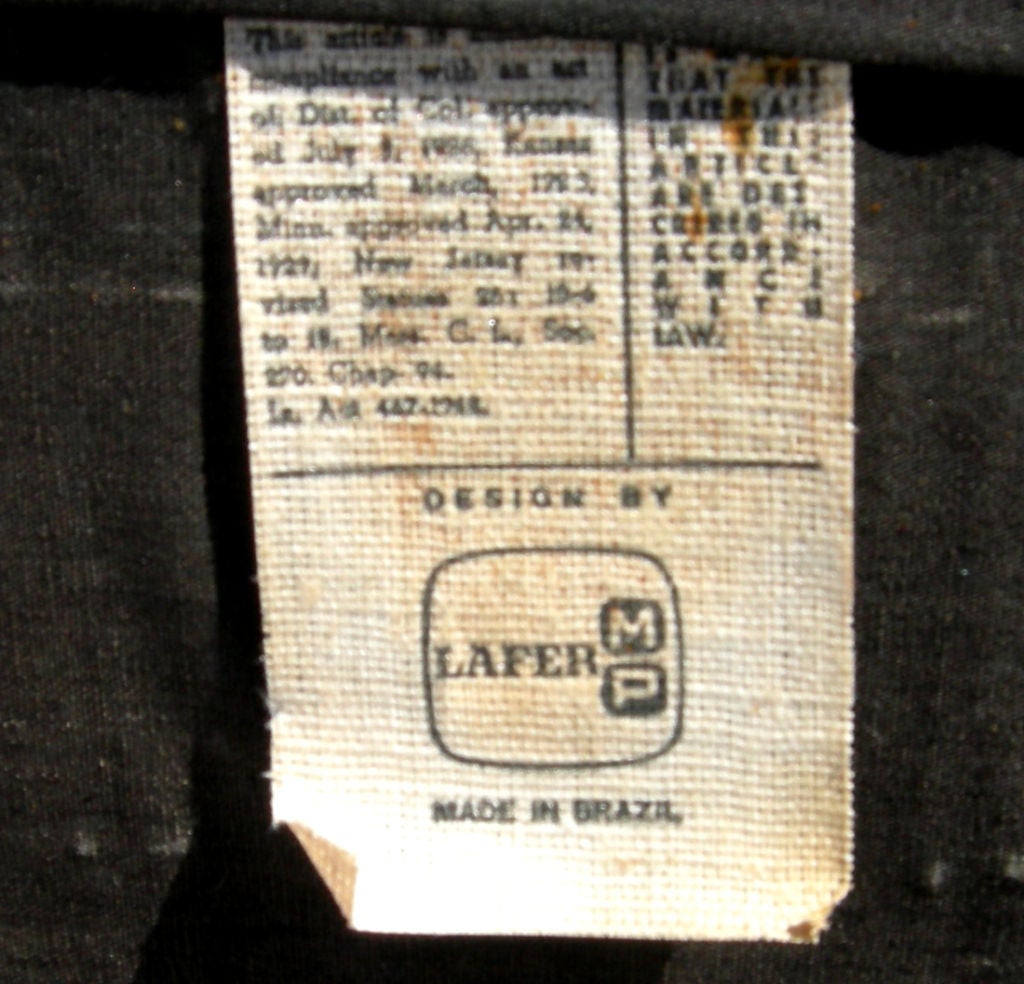
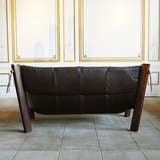
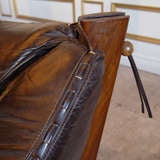
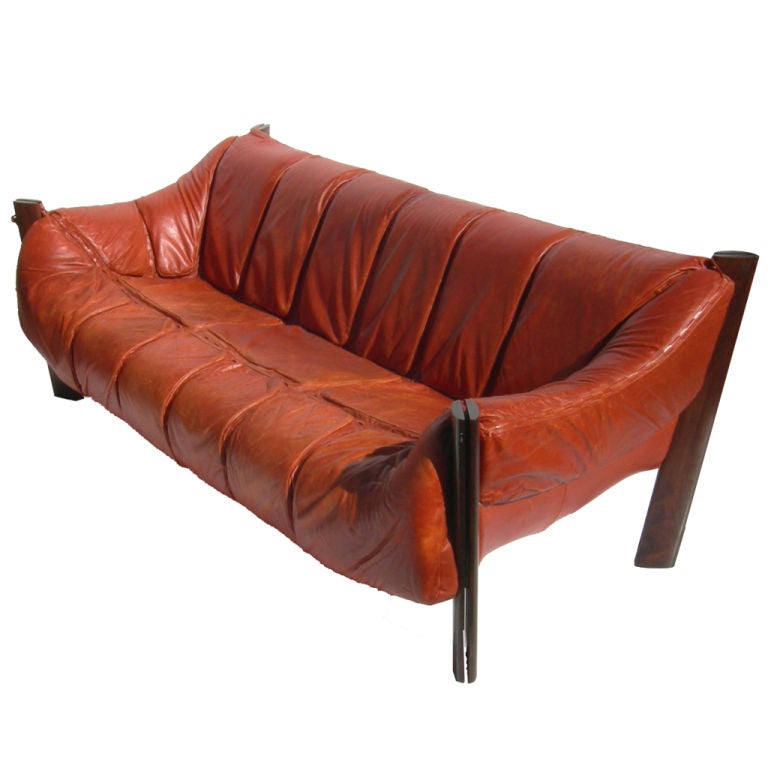
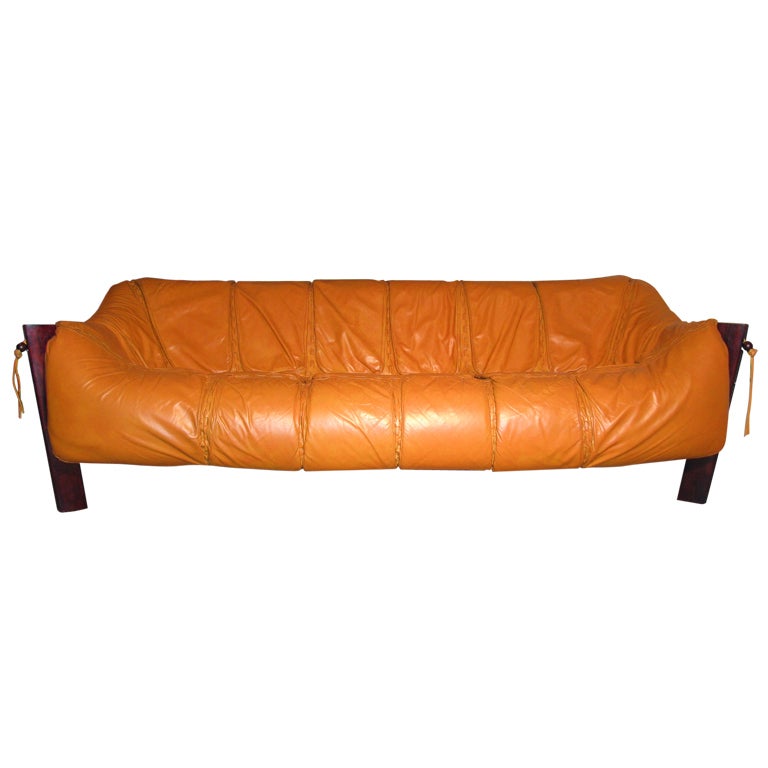
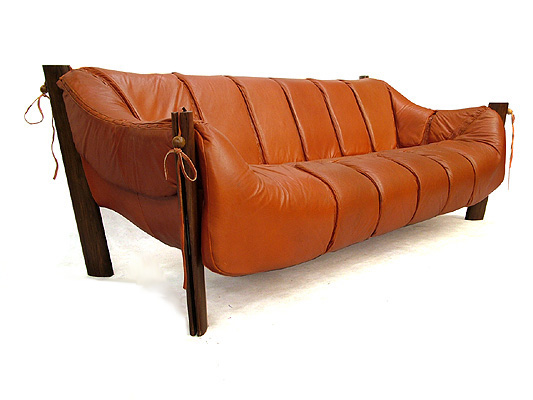
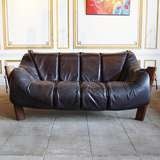
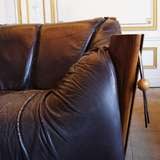
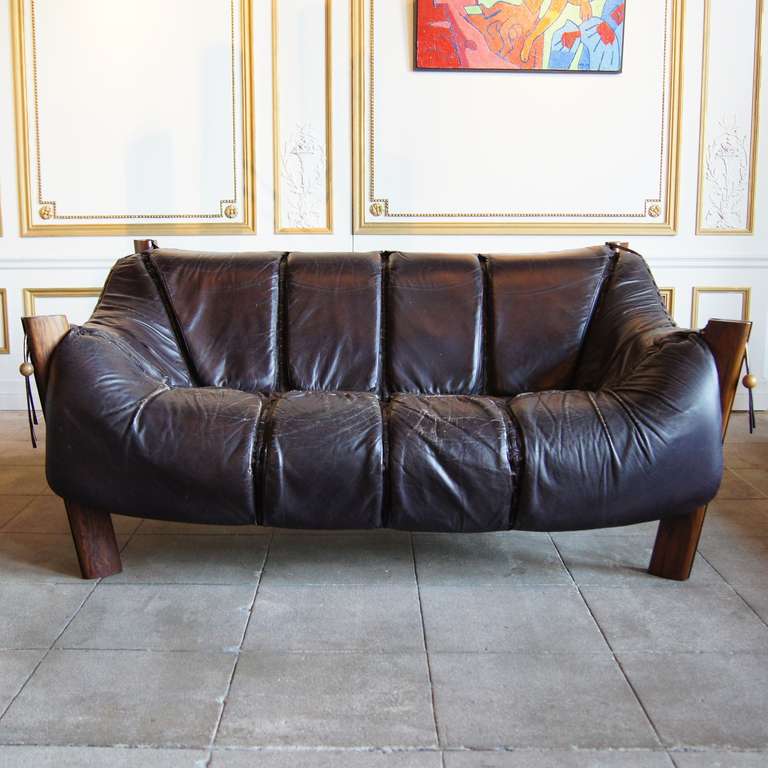
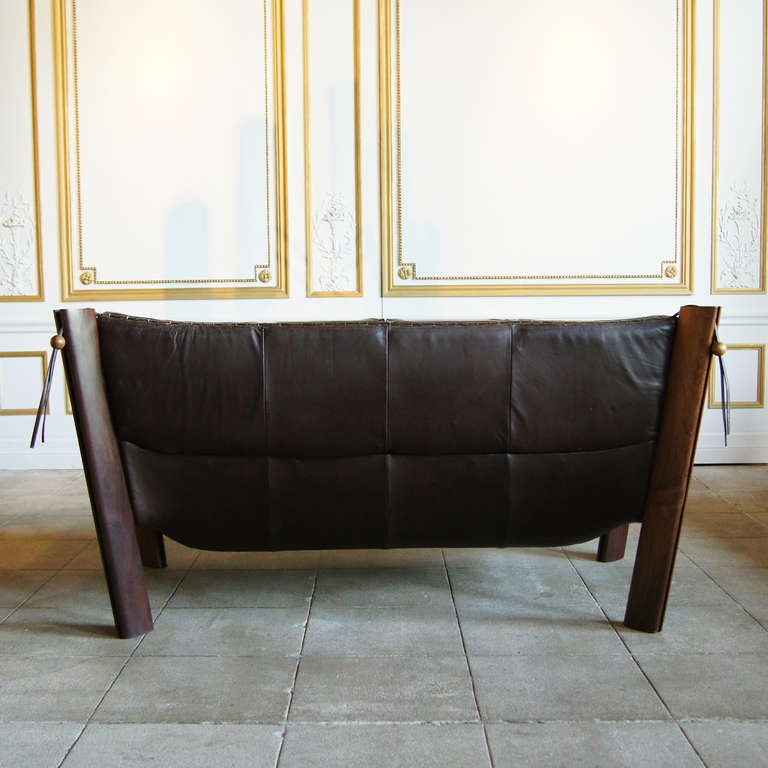


No hay comentarios:
Publicar un comentario